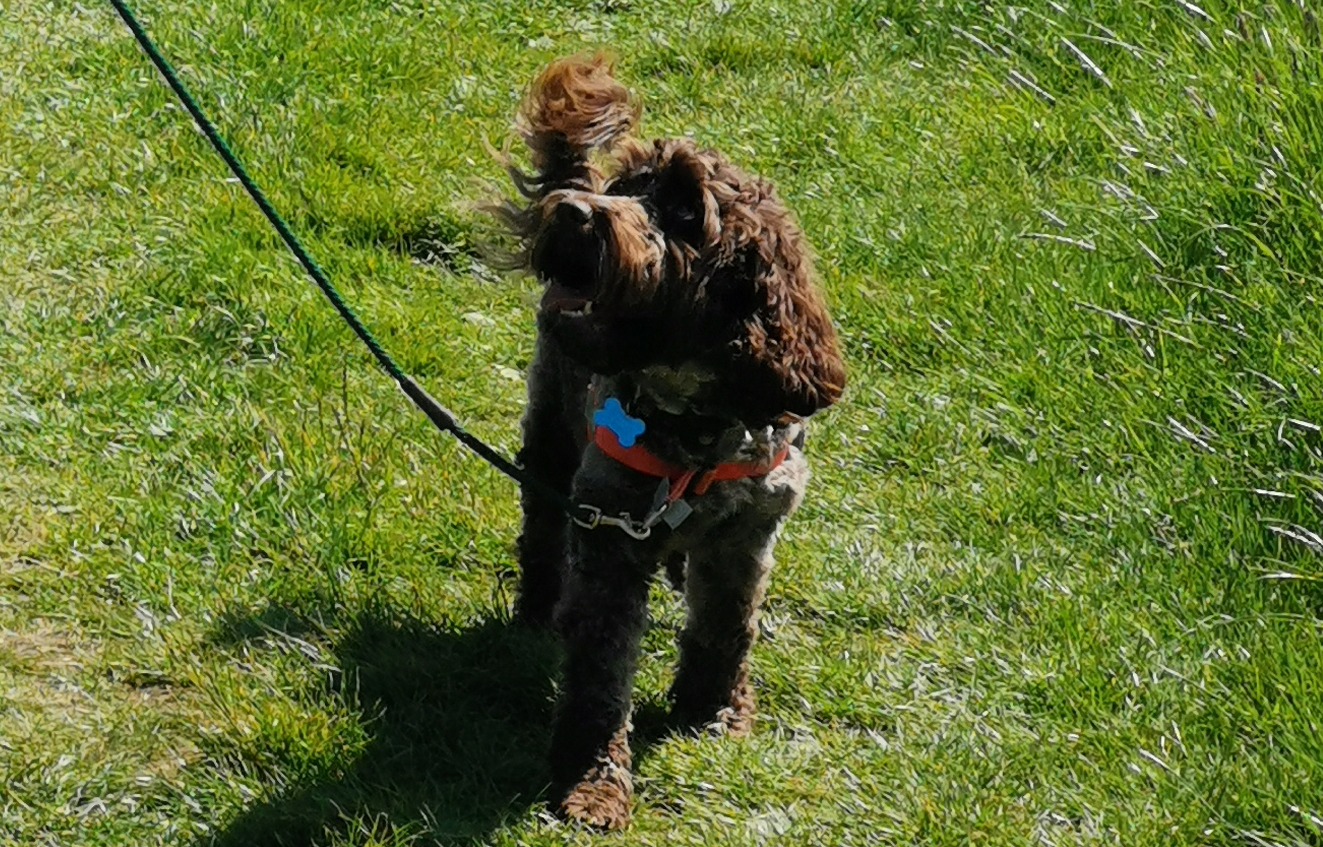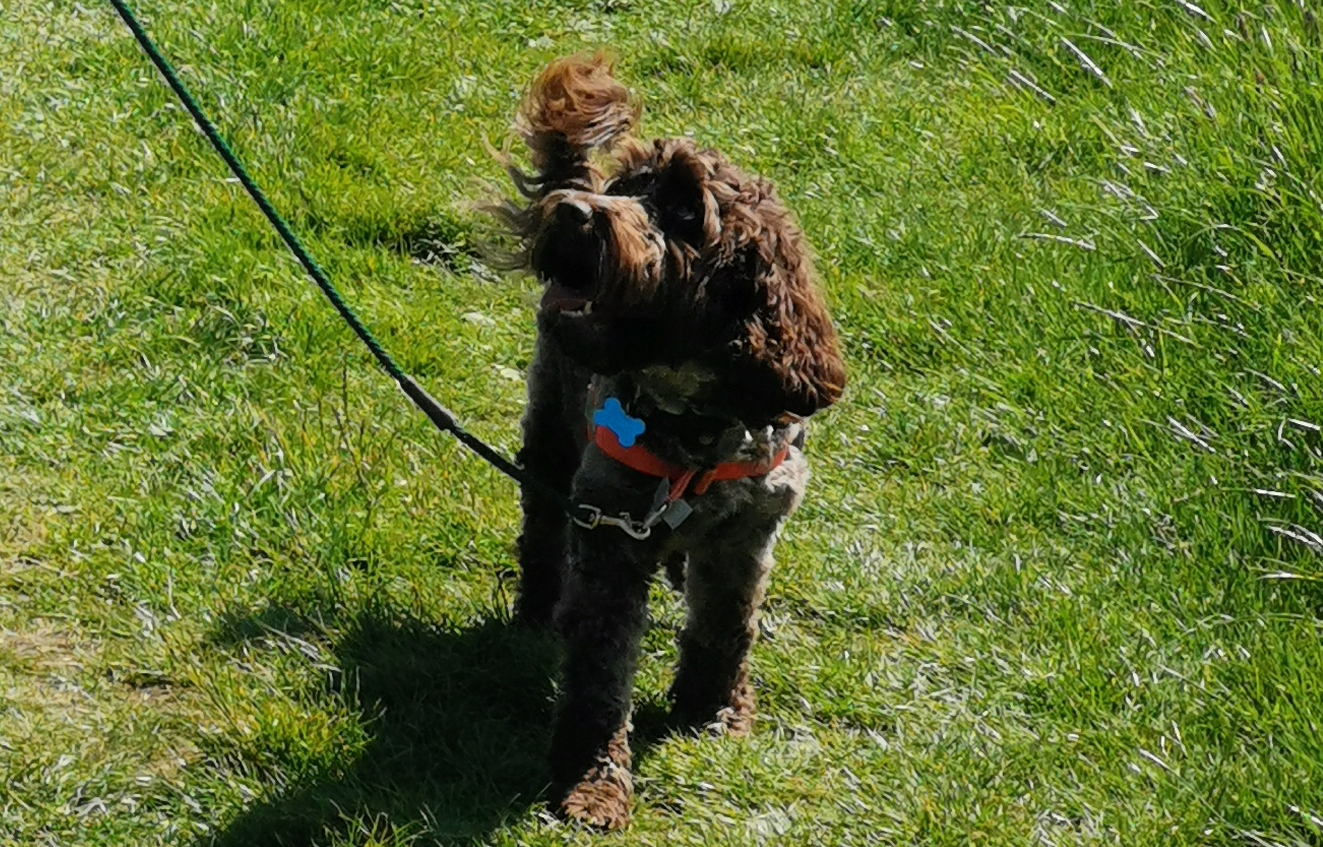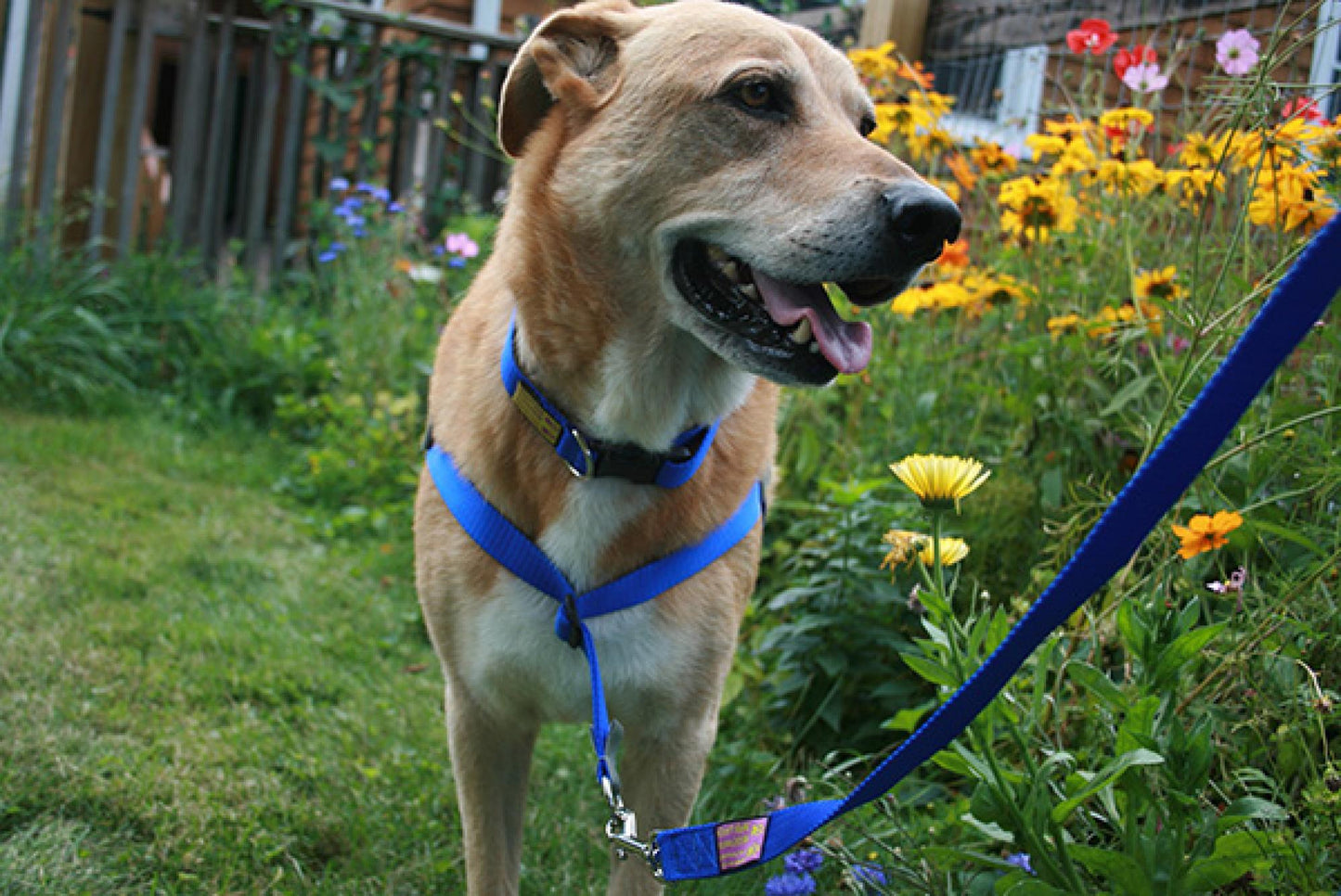As a dog owner, choosing the right training method is crucial for fostering a strong and loving relationship with your furry companion. The debate between positive reinforcement and punishment-based training has long been a topic of discussion among dog trainers and behaviorists. In this blog post, we will explore the principles, benefits, and drawbacks of each training approach, helping you make an informed decision on which method best suits your dog's needs and temperament.
Positive Reinforcement Training
Positive reinforcement training is based on rewarding desired behaviors with treats, praise, toys, or affection. This approach focuses on rewarding your dog for doing something right, thereby encouraging them to repeat those behaviors. Here are some key features and benefits of positive reinforcement training:
-
Encourages a Strong Bond: Positive reinforcement fosters a positive and trusting relationship between you and your dog. By rewarding good behavior, your dog associates training sessions with fun and love.
-
Builds Confidence: Dogs trained with positive reinforcement become more confident and eager to learn. They are motivated to engage in training and feel secure in trying new commands.
-
Promotes Gentle and Ethical Training: Positive reinforcement avoids using physical punishment or harsh corrections, promoting ethical training practices that prioritize the well-being of your dog.
-
Reduces Fear and Anxiety: With positive reinforcement, your dog is less likely to develop fear or anxiety associated with training, creating a stress-free and enjoyable learning experience.
Punishment-Based Training
Punishment-based training involves applying aversive consequences to deter unwanted behaviors. This approach may include verbal reprimands, physical corrections, or using tools like shock collars or choke chains. While some proponents of this method claim it can be effective, it comes with several potential drawbacks:
-
Fear and Anxiety: Dogs subjected to punishment-based training may develop fear and anxiety towards their owners or certain situations. This can lead to avoidance behaviors, aggression, or even worsen existing behavioral issues.
-
Ineffective Long-Term Results: Punishment-based training may suppress unwanted behaviors temporarily, but it does not address the underlying causes. As a result, the behavior may resurface or manifest in other ways.
-
Strained Relationship: Constant punishment can strain the bond between you and your dog. Your dog may become more focused on avoiding punishment than learning new behaviors.
-
Risk of Aggression: Harsh punishment can trigger defensive or aggressive responses in dogs, especially those with sensitive temperaments.
Which Is Best for Your Dog?
The most effective and humane approach to dog training is positive reinforcement. This method encourages a strong bond, builds your dog's confidence, and creates a harmonious and enjoyable training experience. Positive reinforcement can be used to teach a wide range of behaviors, from basic commands to complex tricks, and is suitable for dogs of all ages and breeds.
If you encounter training challenges, consider seeking professional guidance from a certified positive reinforcement trainer or behaviorist. They can tailor training techniques to suit your dog's individual needs, addressing any specific issues with compassion and patience.
Conclusion
When it comes to training your dog, the choice between positive reinforcement and punishment-based training is clear. Positive reinforcement offers a gentle, effective, and ethical approach to teaching your dog desired behaviors while fostering a loving and trusting relationship. By using rewards, praise, and encouragement, you can shape your dog's behavior in a positive and rewarding manner, creating a happy and well-adjusted canine companion. Embrace the power of positive reinforcement, and you'll see your dog flourish as they learn, grow, and thrive under your guidance and care.










